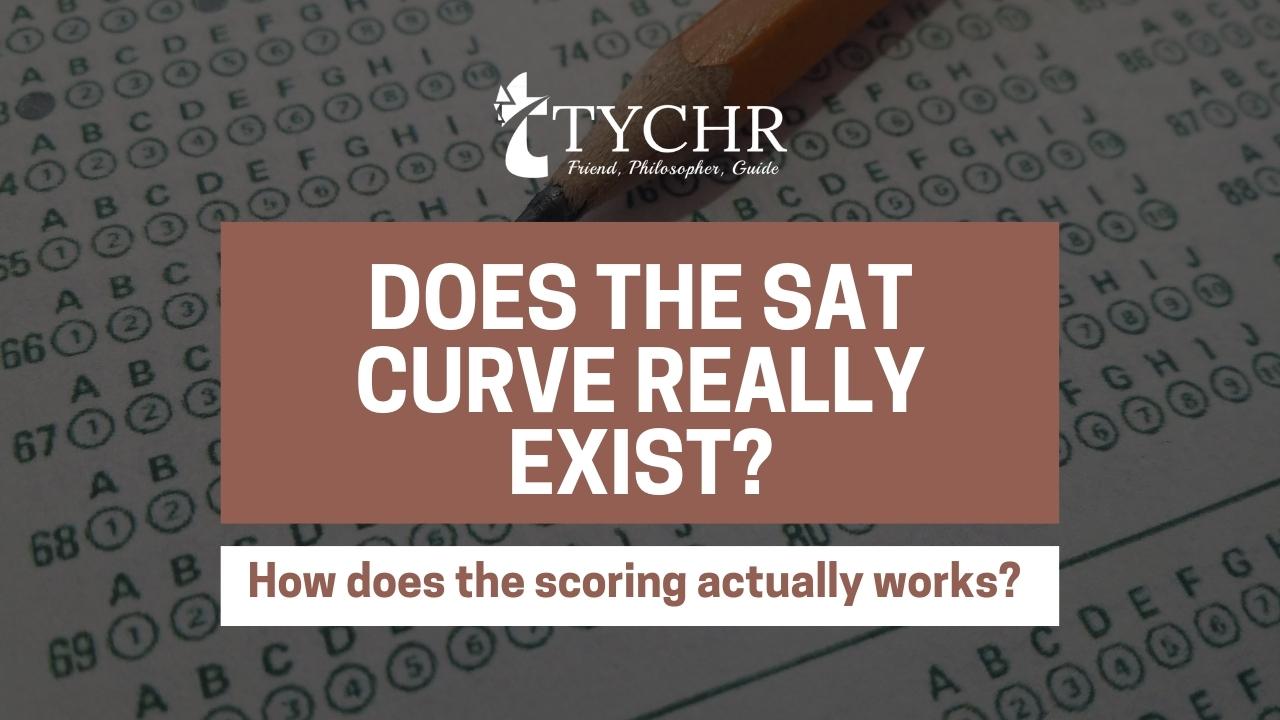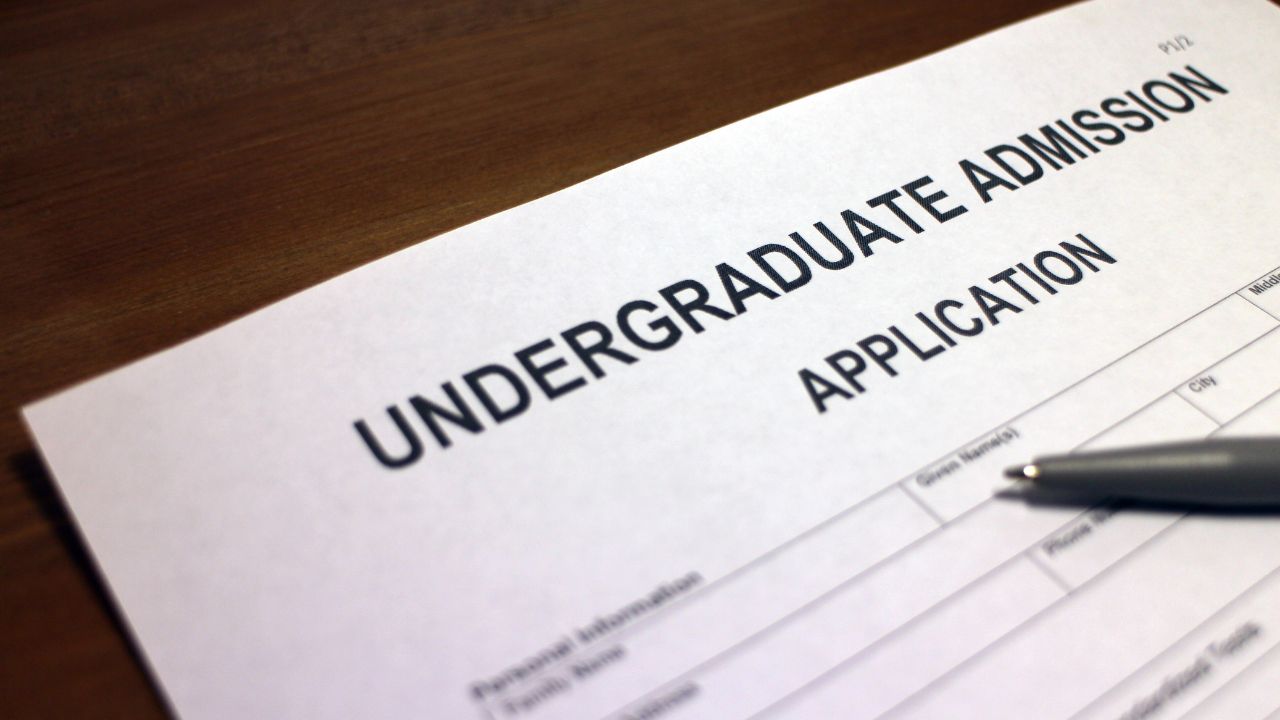Table of Contents
Welcome to our blog post on understanding the SAT Score Curve! If you’re a student or parent navigating the world of college admissions, then you’ve probably come across this term before. The SAT Score Curve is an integral part of how your test scores are evaluated and compared to other students. But what exactly does it mean? How does it affect your chances of getting into your dream school? Don’t worry – we’ve got all the answers for you right here! So let’s dive in and unravel the mystery behind the SAT Score Curve. Get ready to demystify this crucial aspect of standardized testing and gain valuable insights that will help you ace your exams with confidence!
What is the SAT Score Curve?
The SAT Score Curve, also known as the equating process, is a statistical method used by the College Board to ensure fairness and consistency in evaluating test scores. Essentially, it adjusts for any variations in difficulty between different versions of the exam.
When you take the SAT, you may encounter different forms of the test with varying levels of difficulty. For example, one version might have harder math questions while another has more challenging reading passages. The purpose of the curve is to account for these differences and provide a standardized way to compare scores across different administrations.
During equating, each question on every version of the SAT is carefully analyzed and assigned a level of difficulty. This information is then used to determine how many correct answers are needed to achieve a particular score. In simpler terms, it ensures that if one version of the test is slightly easier than another, students will not be penalized unfairly.
The equating process takes into account factors such as item response theory and statistical analysis to create an accurate scoring system that considers both individual performance and overall test difficulty.
By using this curve, colleges can accurately assess applicants’ abilities regardless of which version they took – ensuring that no student has an advantage or disadvantage based solely on their particular exam form.
Understanding how your score relates to others can help put things into perspective and give you a better understanding of where you stand among your peers during college admissions processes.
So now that we know what exactly goes into calculating the SAT Score Curve let’s explore its pros and cons next!
Also Read: What Is the Highest SAT Score: Scoring and Achievement
How is the Curve Calculated?
Many students wonder how the SAT score curve is calculated. It can seem mysterious and confusing, but there is actually a method to this madness.
The College Board, which administers the SAT, uses a statistical process called equating to determine how scores are scaled. This process takes into account the difficulty of each test form and ensures that scores from different administrations of the exam are comparable.
Equating involves analyzing data from pretests that include questions similar to those on the actual test. By comparing performance on these pretest questions with performance on live test questions, statisticians can estimate how difficult or easy each question is relative to others.
Once they have determined question difficulty levels, they use this information to create an equating table. This table helps convert raw scores (the number of correct answers) into scaled scores that range from 200 to 800 for each section.
It’s important to note that because equating adjusts for differences in difficulty between tests, two students who answer the same number of questions correctly may receive different scaled scores if they took different versions of the test.
Understanding how the curve is calculated can help you interpret your SAT score more accurately and make informed decisions about college admissions.
Pros and Cons of the SAT Score Curve
The SAT score curve has both advantages and disadvantages. Let’s explore the pros and cons to understand its impact on test-takers.
On the positive side, the score curve allows for fair comparison between different versions of the SAT. Since each test can vary in difficulty level, scaling scores helps to ensure that students are evaluated fairly across tests. This means that even if one version is slightly harder than another, students will not be penalized unfairly.
Another benefit is that a curved scoring system provides an opportunity for test-takers to achieve higher scores than they might have otherwise. If a particular exam proves more challenging, it may result in a lower raw score but still yield a high scaled score due to the curve.
However, there are some drawbacks to consider as well. One disadvantage is that predicting your exact scaled score becomes difficult since it depends on how other test-takers perform. This uncertainty can make it harder for students to gauge their progress accurately during preparation.
Additionally, some argue that relying too heavily on curves can lead to grade inflation or deflation over time. Critics suggest this could undermine the validity of standardized testing as colleges may struggle to differentiate between candidates with similar scaled scores.
While there are benefits such as fairness and potential for higher scores offered by the SAT score curve, there are also downsides like uncertainty around predicting results accurately and concerns about grade inflation/deflation. Understanding these pros and cons can help test-takers navigate this aspect of standardized testing more effectively.
Understanding Percentiles and Scores
When it comes to the SAT, percentiles and scores play a crucial role in determining how well you performed compared to other test-takers. But what exactly do these terms mean? Let’s dive into the world of percentiles and scores.
Percentiles represent your position relative to other students who took the same test. For example, if you scored in the 75th percentile, it means that you performed better than 75% of all test-takers. The higher your percentile, the more competitive your score is.
On the other hand, scores are numerical representations of your performance on each section of the SAT – Reading/Writing and Math. These scores range from 200 to 800 for each section, with a total possible score of 1600.
To put it simply, percentiles provide context by comparing your performance to others while scores give specific numerical values representing your proficiency in different subject areas.
It’s important to keep in mind that both percentiles and scores are influenced by various factors such as difficulty level of questions and overall performance of test-takers. This is where the SAT Score Curve comes into play.
The Score Curve ensures fairness by adjusting raw scores based on difficulty levels across different versions of the exam. It accounts for variations between tests so that students’ performances can be evaluated consistently over time.
By understanding how percentiles and scores work together with the SAT Score Curve, you can gain insight into how colleges interpret your results during their admissions process. Remember that colleges typically use these metrics alongside other criteria like GPA and extracurricular activities when evaluating applicants holistically.
Now that we have demystified percentiles and scores let’s explore how they impact college admissions! Keep reading this blog series for more insights on mastering standardized tests like a pro!
The Impact of the SAT Score Curve on College Admissions
Understanding the impact that the SAT score curve has on college admissions is crucial for students and their families. The curve, which adjusts scores based on the relative difficulty of each test administration, can have a significant effect on an individual’s overall score.
One major way in which the curve impacts college admissions is through percentile rankings. A student’s percentile rank indicates how their score compares to other test-takers. With a curved scoring system, it becomes essential to consider not only the raw score but also where that score falls in relation to others.
Colleges often use percentiles as a benchmark when evaluating applicants. For example, if a college considers applicants with scores above the 75th percentile to be highly competitive, then students who fall below this range may face additional challenges in gaining admission.
Additionally, because colleges receive applications from thousands of qualified candidates each year, they must find ways to differentiate among them. The SAT curve provides one tool for doing so by highlighting those students who achieved exceptional scores relative to their peers.
However, it is important to note that while standardized tests like the SAT play a role in college admissions decisions, they are rarely considered in isolation. Admissions officers typically take into account various factors such as GPA, extracurricular activities, essays, and letters of recommendation when making decisions.
Tips for Preparing for a Test with a Curve
Preparing for a test can be challenging enough, but when you add in the factor of a curve, it can feel even more daunting. However, with the right approach and mindset, you can navigate this situation successfully. Here are some tips to help you prepare for a test with a curve.
1. Understand the material: First and foremost, make sure you have a solid understanding of the material being tested. This means attending classes regularly, taking thorough notes, and actively participating in discussions.
2. Practice under timed conditions: Since tests with curves often require students to answer questions within a limited time frame, it’s important to practice working quickly and efficiently. Set up mock exams or timed study sessions to simulate real testing conditions.
3. Focus on areas of weakness: Identify your weak points and dedicate extra time and effort into improving them. Whether it’s through additional reading or seeking help from teachers or tutors, addressing these areas will increase your overall score potential.
4. Review past exams: Familiarize yourself with previous tests that had curves applied to them. By analyzing how questions were structured and answered by others who received high scores despite the curve, you can gain insights into what examiners may be looking for.
5. Seek guidance if needed: Don’t hesitate to reach out for help if you’re struggling with certain concepts or topics covered in the test materials. Teachers or classmates may offer different perspectives or explanations that could clarify any confusion.
6. Pace yourself during the actual exam: When faced with limited time constraints due to both test duration and potential curves kicking in later on difficult sections – manage your time wisely! Allocate appropriate amounts based on question difficulty levels so as not to waste valuable minutes pondering over one complex problem while simpler ones await completion at lightning speed!
Remember that preparing for any test requires discipline, perseverance, and focus – especially when there is an added element like a score curve involved.
Also Read: How Many Seconds in a Month: A Time Calculation Guide
Conclusion
Understanding the SAT Score Curve is essential for students preparing to take the SAT. The curve, which adjusts scores based on the difficulty of the test, can have a significant impact on your final score and percentile ranking.
By calculating scores relative to other test-takers, the curve helps colleges compare students from different administrations of the exam. While this may seem unfair at first glance, it actually ensures that every student is evaluated fairly within their respective testing group.
There are both advantages and disadvantages to the SAT Score Curve. On one hand, it allows for consistent scoring across multiple test administrations and helps level out any variations in difficulty. On the other hand, it can make achieving high scores more challenging if you happen to take a particularly difficult version of the exam.
To navigate through this system effectively, it’s important to understand percentiles and how they relate to your score. Knowing where you stand compared to other test-takers can provide valuable insight into your performance and potential college admissions prospects.
When preparing for a test with a curve, focus on building strong foundational knowledge in all subject areas covered by the SAT. Practice regularly using official College Board resources or reputable study guides specifically designed for this exam. Additionally, consider seeking out online or in-person tutoring services that specialize in helping students master standardized tests like the SAT.
While understanding how curves affect your scores is crucial for success on the SAT, remember that it’s just one piece of an overall comprehensive application package that colleges evaluate during their admissions process.
So stay focused and committed throughout your preparation journey! With dedication and strategic planning, you can achieve great results on the SAT – regardless of any challenges posed by its scoring system.








